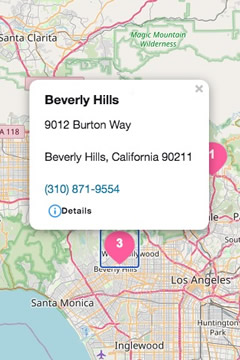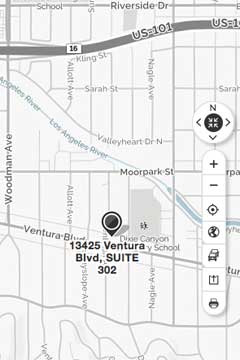Did you know that chronic pelvic pain can happen to all bodies, regardless of your sex?
If you have a human body, you have pelvic floor muscles and these muscles can be dysfunctional, causing pelvic pain in the low back, pelvis, groin, genitalia, and hip region. Pelvic pain is often described as a "headache in the pelvis," but can often times have more acute pain areas including painful penis and testicles. Read on for more information.
Men and people with male anatomy can often have pain and various symptoms including:
- Painful penis: along any part of the penis- base, shaft, head, and can be felt as numbness, tingling, aching, dull, sharp, coldness, or burning.
- Painful testicles: numbness, tingling, aching, dull, sharp, coldness, or burning (Chronic orchialgia)
- Trouble starting urine flow
- Slow or trickling urine flow
- Urgency of urination
- Frequency of urination
- Pain with urination
- Pain with bowel movements
- Constipation
- Pain with sex: erection or ejaculation
- Change in erection quality
- Painful erection
- Painful ejaculation
- Rectal pain
- Coccyx pain
Common Diagnoses tied to pelvic pain in male anatomy:
- Chronic testicular pain/groin pain
- Nonbacterial Chronic Prostatitis
- Chronic Pelvic Pain Syndrome
- Pudendal neuralgia
- Levator ani syndrome
Things you can do if you are experiencing pelvic pain and have male anatomy:
Go See Your Doctor
You’ll want to check in with your doctor to rule out any issues that may be contributing to your pelvic pain including active infections, STDs, or other issues like hernias. Evaluation may include testing such as an STD check, urinalysis and urine culture, semen culture, ultrasounds and CT scans if appropriate to rule out issues like hernias that can be causing pain. You may get referrals to specialists including urologists or proctologists.
Get a Referral for Psychological Support
For those with chronic pain and sexual dysfunction, it is helpful to have the support of a psychiatrist, pain management doctor, or licensed therapist.
Get a Referral to Pelvic Floor Therapy
Pelvic floor therapy is considered a first line treatment for pelvic pain. About 50% of patients report improvement in their pain following 12 sessions.
Check out this blog post about what to expect during your first pelvic floor therapy appointment.
What does the treatment look like?
The treatment modalities you will receive in pelvic floor therapy depend on your body and the issues present. In general, if your muscles are tight, the techniques used will focus on releasing the tension. If your muscles are in need of strengthening, the therapist will work with you on gaining strength and coordination in your muscles.
Some of the modalities used at Fusion Wellness & Physical Therapy can include (but are not limited to):
- Manual therapy including soft tissue massage, connective tissue manipulation, muscle energy techniques, and myofascial release to treat connective tissue dysfunction and myofascial trigger points
- Internal pelvic manual therapy to treat sensitive tissues, muscle spasms, trigger points, and muscle guarding that can cause issues like penis and testicle pain, pain with sex, frequency and urgency of urination, and pain with bowel movements
- Therapeutic exercises to strengthen or relax the pelvic floor
- Biofeedback technology to help you focus on relaxing the pelvic floor
- Electrical stimulation of pelvic floor muscles using the AttainMV device
- Photobiomodulation for pain relief and encouraging cellular healing and desensitization of scar tissue adhesions, tender trigger points, and muscle spasm pain.
- Visceral mobilization (gentle massage techniques that loosen internal adhesions and restore movement to the organs including the intestine, bladder, uterus, and ovaries) to improve motility and GI organ function
- Training in self treatment techniques so you can start to manage your systems at home. These techniques can include self pelvic floor massage using medical dilators as instructed by your physical therapist
- Neuromuscular re-education and autogenic relaxation to reduce chronic muscle over-activity and improve parasympathetic nervous system function, including pain management and digestion
- Patient Education and Empowerment
- Lifestyle modifications like sexual positioning, stress reduction, bladder and bowel habits, hygiene, and optimal fluid intake and dietary fiber intake.
Lifestyle Changes to Reduce Pelvic Pain
Check out our blog posts on 13 evidence based recommendations for managing pelvic pain in men:
PART ONE
References:
Anderson RU, Wise D, Sawyer T, Chan C. (2005). Integration of Myofascial Trigger Point Release and Paradoxical Relaxation Training Treatment of Chronic Pelvic Pain in Men. Journal of Urology;174:155–60. PMID: 15947608.
Chronic Testicular and Groin Pain: Pathway to Relief. (n.d.). Current Urology Reports., 18(10), Current urology reports. , 2017, Vol.18(10).
FitzGerald MP, Anderson RU, Potts J, et al. (2009). Randomized Multicenter Feasibility Trial of Myofascial Physical Therapy for the Treatment of Urological Chronic Pelvic Pain Syndromes. Journal of Urology;182:570–80. PMID: 19535099.
Leslie SW, Siref LE. Chronic Testicular Pain (Orchialgia) [Updated 2018 Dec 2]. In: StatPearls [Internet]. Treasure Island (FL): StatPearls Publishing; 2019 Jan-.
O’Leary, M. (2011). Treating prostatitis: Any cause for optimism?. Harvard Medical School Health Publications: Prostate Knowledge. Accessed at: https://www.harvardprostateknowledge.org/treating-prostatitis-any-cause-for-optimism
Quallich, S., & Arslanian-Engoren, C. (n.d.). Chronic testicular pain in adult men: An integrative literature review. Am J Mens Health, 7(5), 402-413.


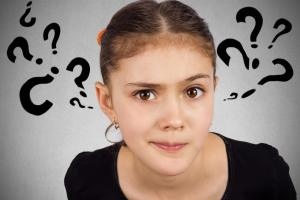
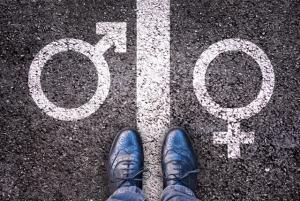
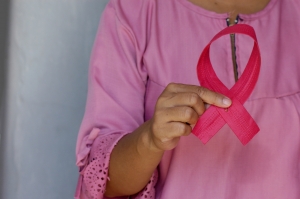
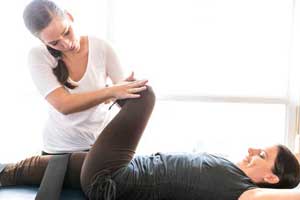
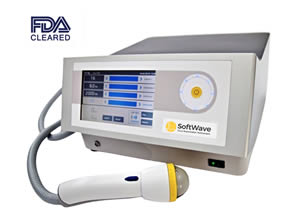



















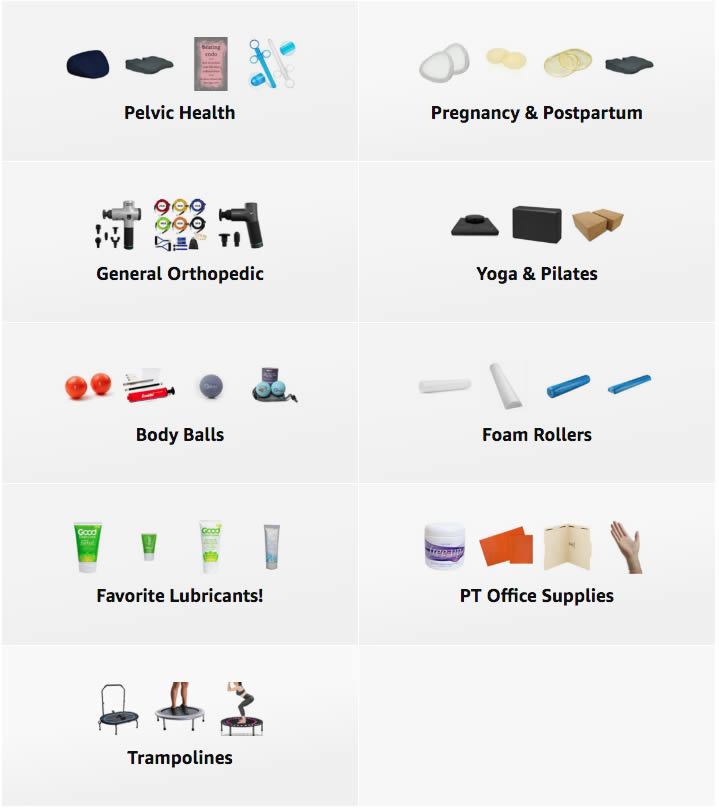 A Curated List of Excellent Items at Amazon
A Curated List of Excellent Items at Amazon

